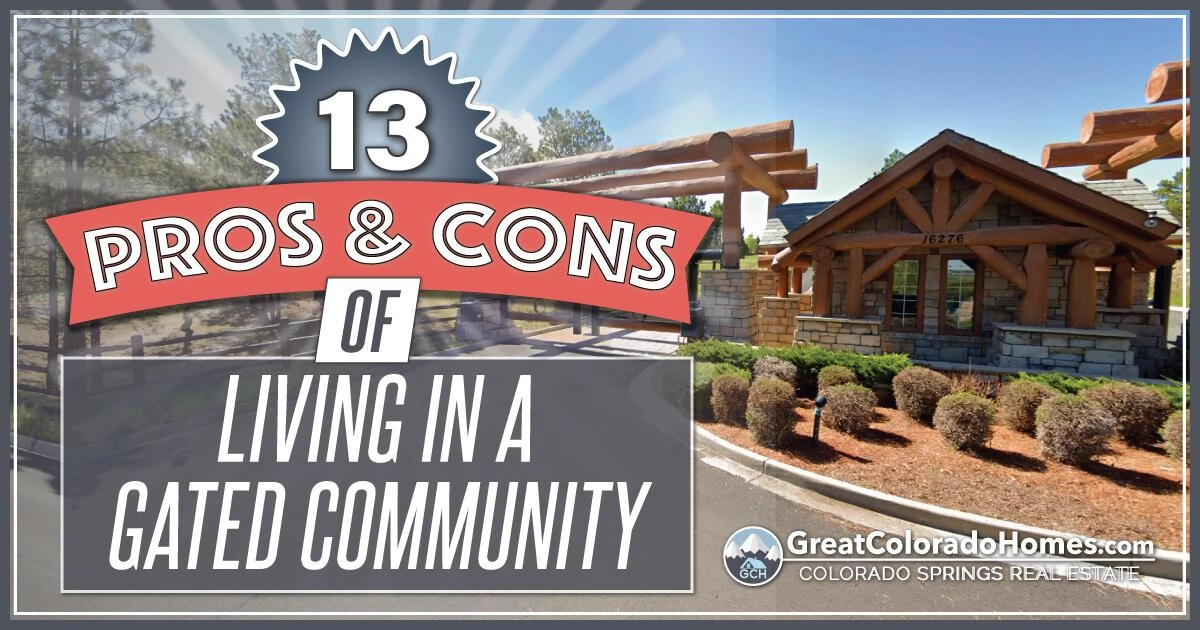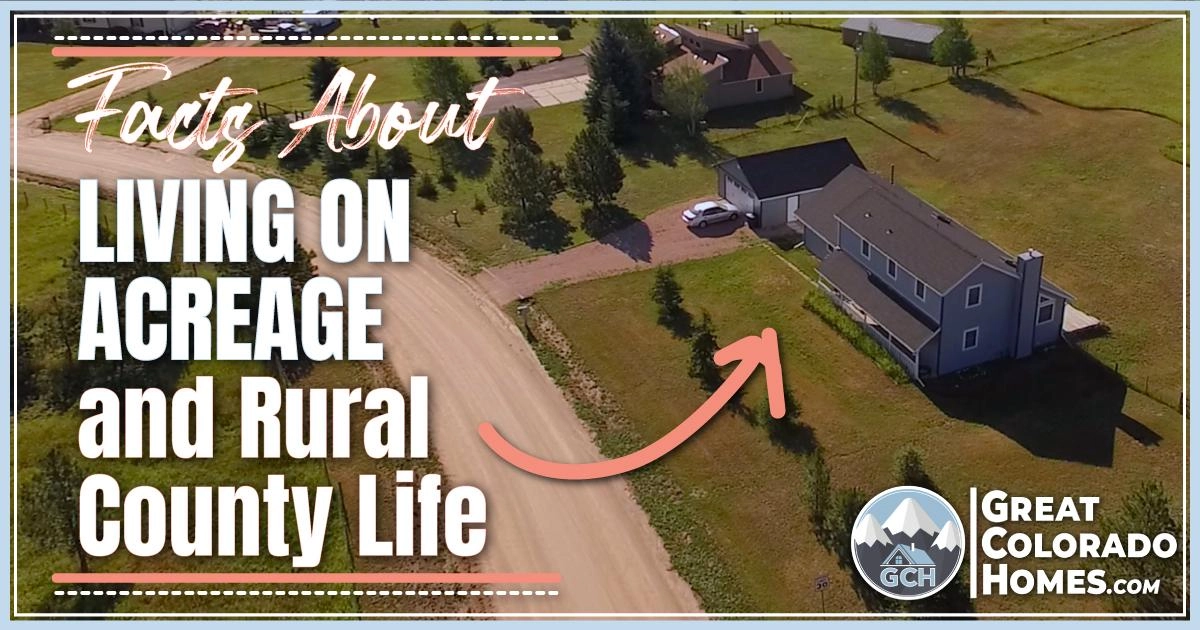The Old North End is a well-known historic neighborhood in Colorado Springs, located just north of downtown and next to Colorado College and Monument Valley Park. This area is recognized for its wide, tree-lined streets and a large collection of Victorian-era homes, many built between the late 1800s and early 1900s. Residents can easily walk to nearby shops, restaurants, and parks, and downtown is only a short distance away.
Most homes in the Old North End cost more than the city's average, which is partly due to the historic architecture and the neighborhood's popularity with buyers. Owning an older home sometimes means extra spending on maintenance, such as repairs to older plumbing, heating systems, or original windows. The area is a designated historic district, so homeowners may need approval from the city before making exterior changes, which helps keep the neighborhood's look consistent.
Here's a video that covers everything in this blog post:
Lifestyle in the Old North End
People living in the Old North End can walk to coffee shops, restaurants, parks, and cultural venues. Colorado College is right next to the neighborhood, making it easy to attend public events or visit the college campus. Students and staff often walk or bike through the area.
Monument Valley Park is next to the Old North End, which is a huge benefit. The park offers over 150 acres of green space and includes walking trails, sports courts, playgrounds, and views of Pikes Peak. There are paved paths, picnic areas, and outdoor pools open in the summer. The park connects to longer trails like the Pikes Peak Greenway, which runs through the city and is popular for biking and running. Residents can quickly access major roads, like I-25 and Nevada Avenue, when they need to get around Colorado Springs.
Compared to other neighborhoods nearby, like Patty Jewett or Shooks Run, the Old North End is recognized for its historic character, central location, and walkable design. This mix of features gives residents both a sense of history and access to urban conveniences.
History and Architecture of Old North End
This neighborhood was originally built for people working in the railroad and mining industries, as well as city leaders of that time. The area's history is reflected in its architecture, with houses built in Victorian, Queen Anne, Colonial Revival, and Craftsman styles. These homes often include features such as original stained glass, woodwork, and large porches.
Some large properties in the neighborhood were used for different purposes throughout the years. During World War II, it was common for bigger homes to be divided into rooms for soldiers or renters. A few of these properties still show signs of these earlier uses, like extra bedrooms in basements. The streets in the Old North End are wider than those in many newer areas because they were designed for horse-drawn carriages rather than cars.
The neighborhood is known for its old trees, many of which have grown for more than a century. These trees line the streets, making the area shady and comfortable for walking. According to preservation records, there are more than 650 historic buildings in the Old North End. This number is based on city surveys and historic registries. There are guidelines in place to help keep the neighborhood's architectural style the same as when it was first built. This helps preserve its unique look and feel for future generations who live, work, or visit here.
Old North End Real Estate and Housing Market
Inventory in the Old North End is usually low, meaning not many homes come on the market at once. Buyers are often drawn to the area's history, walkability, and unique architecture. However, these same reasons make homes here more expensive and occasionally lead to bidding wars when listings appear.
Living in a historic home can mean extra work for the owner. Older houses may need updates for plumbing, wiring, or heating. Owners must follow local preservation rules before making changes to the outside of the home. These rules are meant to keep the neighborhood's look consistent and to protect its historic value.
Recently, the city passed new rules for accessory dwelling units, also called ADUs. Starting in 2025, property owners can add small, separate living spaces on their lots, as long as they follow certain guidelines. The ADU must be smaller than the main house and offer a parking space. Short-term rentals are not allowed in new ADUs. These changes create more options for people who need extra space or want to house family members close by.
Overall, the Old North End is a place where people can find historic homes, but they should expect higher prices, more maintenance, and some extra steps for remodeling or building on their property.











.jpg)










































